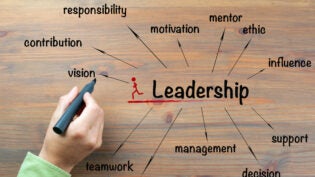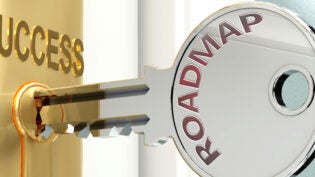
Whatever your business strategy was on January 1, 2020, you can bet that it was out the window by April 1. Our world has been turned upside down and inside out. While your head may be spinning as you work to figure out your options, now is the right time to start working on your business strategy for today and for when this crisis ends.
I was speaking to one of my mid-sized business clients earlier in the week about his business strategy and he remains committed to his current strategy. Even though he thinks things will be different when this is all over, he’s already seen significant drops in sales, production and revenue. He told me that he is in the 2nd year of his 3-year strategy and he still thinks his strategy will hold…unless the pandemic continues to keep everything unsettled.
It almost seemed to me that he was burying his head in the sand, assuming that everything would actually be the same as it was before. I asked him how things changed for him and his business after the Great Recession and he had to acknowledge that his worlds were different after that and they probably would be after this event, although he could not imagine how…yet.
One of the lessons that will come out of this pandemic is the recognition that we must be able to move more quickly and nimbly in the face of unpredictable events. We no longer can afford to develop 1-3-year strategic plans and expect that the world is going to stay stable just so that we can have our plans work out as we envision. Instead we need a strategic planning process that takes rapid change and unpredictability into place.
Regardless of what you determine to be the driving forces that will frame your strategic plan, every plan must validate the potential effectiveness of their plan against 6 factors that will be critical in our post Corona Virus Pandemic world:
- Speed: How quickly will your effort yield results and will there be trade-offs between speed and effectiveness.
- Flexibility: Can the strategic plan modify if demands are put on your business. Having contingencies and strategic options ensures that the plan can give and take as may be demanded.
- Disruption: Your plan may require you to stop doing something you are currently doing or to change something about how you’ve done your work. How well adapted is your team to be able to adjust when things are done in a different manner and how comfortable are you as a leader to accept that some of your previously held ideas need to change.
- Volatility: The world is changing quickly, and the plan needs to be able to respond to change. One of my SME clients recently expanded their safety and security program to begin offering business continuity planning to their customers and have seen a significant increase in this business line.
- Innovation: What is cutting edge thinking in your industry and can your plan bring some element of that into play? It may be related to your internal actions such as new software or how you analyze customer behavior, or it may be related to a new product design.
- Risk Assessment: How will you manage risk from this plan? A new strategic plan that moves fast and is nimble increases the possibility that mistakes could be made or that great success will ensue from your efforts. Consider assigning the task of identifying and managing upside and downside risk consequences to your most skeptical team member and encourage him or her to share their good news and bad news.
Crises provide a unique opportunity to refocus our energy and ideas on new potentials. Rethinking your strategic plan so that it is more agile, faster and less complex will be essential for the kinds of changes we can anticipate happening as we navigate our way through this shared adversity.
2934 Views












